All products featured are independently chosen by us. However, SoundGuys may receive a commission on orders placed through its retail links. See our ethics statement.
Headphones for kids: What you should know
New parents have enough to worry about without having to consider the ramifications of buying headphones for their kiddos. However, there’s very little on the market that’s specifically designed for their use.
It’s not because any options are particularly bad, mind you, but what younger listeners need and what adults need are two very different things. I’d dump my wallet out for a set of headphones that will protect their hearing in every possible way, but so far there isn’t such a headset. As far as I’m aware, there’s nothing out there that addresses every major need for kids aged 3-18. What are those needs? I’m glad you asked!
Editor’s note: this article was updated on January 5, 2023 to update language and links.
What makes a perfect set of headphones for kids
If kids are so different than adults, what kinds of things do they need to worry about when using headphones? Well, this answer is complicated—and I need to go over a little anatomy first.
Kids hear differently than adults
While the fundamental anatomy of kids and adults are the exact same, younger noggins haven’t been exposed to loud sounds for years on end—meaning fresh ears can hear many sounds that you as a 30+ year-old can’t. Additionally, the little hairs in your cochlea can just fall out for no reason over time; it’s just a fact of life. Most people start to lose high-frequency hearing ability in their 20s, and it’s common enough that many anti-teen loitering devices loudly blast high frequency sounds that adults typically can’t hear. Barbaric, but effective.
You are very likely to suffer from at least a little bit of noise-induced hearing loss that your children haven’t developed yet. This type of hearing loss can also be limited to a few ranges of sounds, and that’s part of the problem with headphones. Remember bass boost in the ’80s and ’90s? That insane emphasis on low frequency sound may have impacted your hearing.
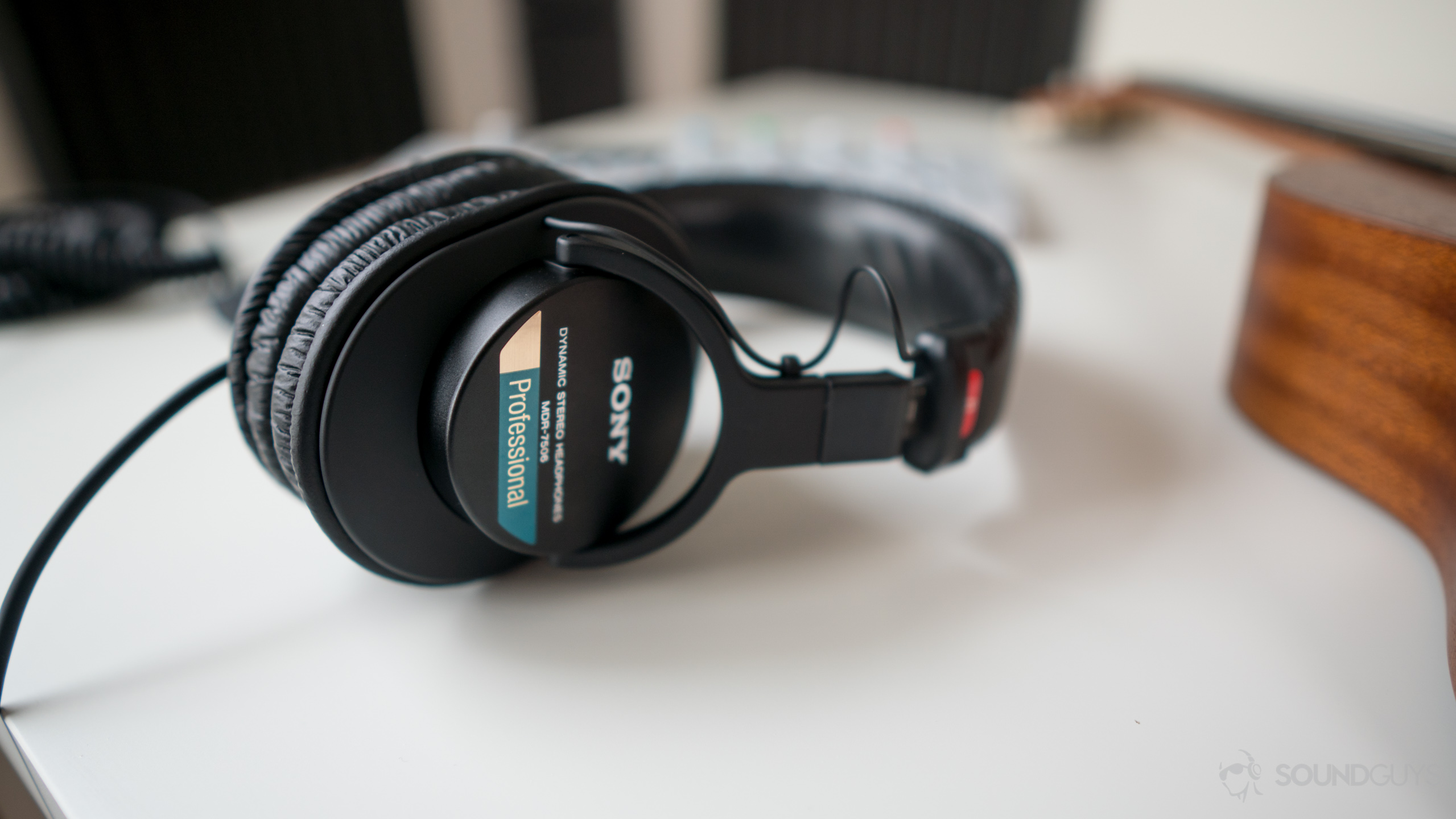
Most headphones kinda-sorta try to emphasize bass notes, meaning they will be played much louder than the rest of the music, along with another range of over-emphasis at about 7-11kHz. While this may sound fine to you, it’s possible that loud listening habits can unintentionally impact your kid’s hearing. If they do end up damaging their hearing, the effect can snowball as they crank the volume up louder and louder just to hear everything.
If you want to check out whether or not a set of headphones does this, you can always check out the frequency response charts on our site to make sure there’s no egregious shifts in volume. If money is no object to you, you could also look to a solution like SonarWorks’ True-Fi app, which corrects the characteristics of most headphones so that all notes are matched more closely in level.
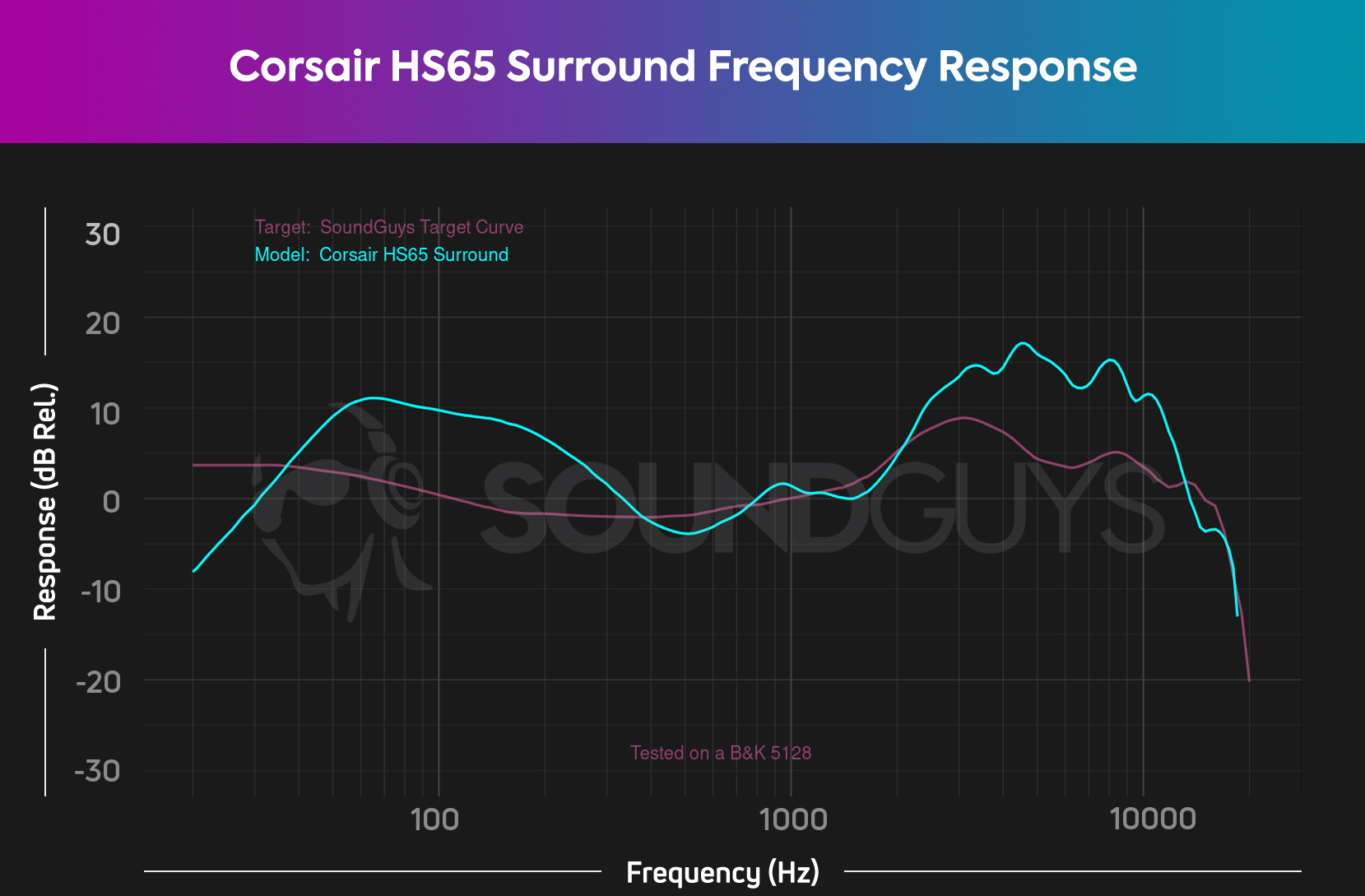
Additionally, because the world is generally louder to children than it is for you, blocking outside noise is even more important. Headphones that actively cancel noise are preferable to regular headphones if your kiddo is going to be listening on the bus or an airplane—but may not be a one-size-fits-all solution for reasons discussed later.
Kids aren’t very wise
While this may come as a total shock to some of you, kids are incredibly… inexperienced. They tend to do lots of things in ways adults never would—like how I decided at age two that eating peat moss straight from the bag was a great idea. Because children don’t always understand the full consequences of what they do, they’ll often just try things until something bad happens. Noise-induced hearing loss is irreversible, and can happen with a single event. Do not let this happen.
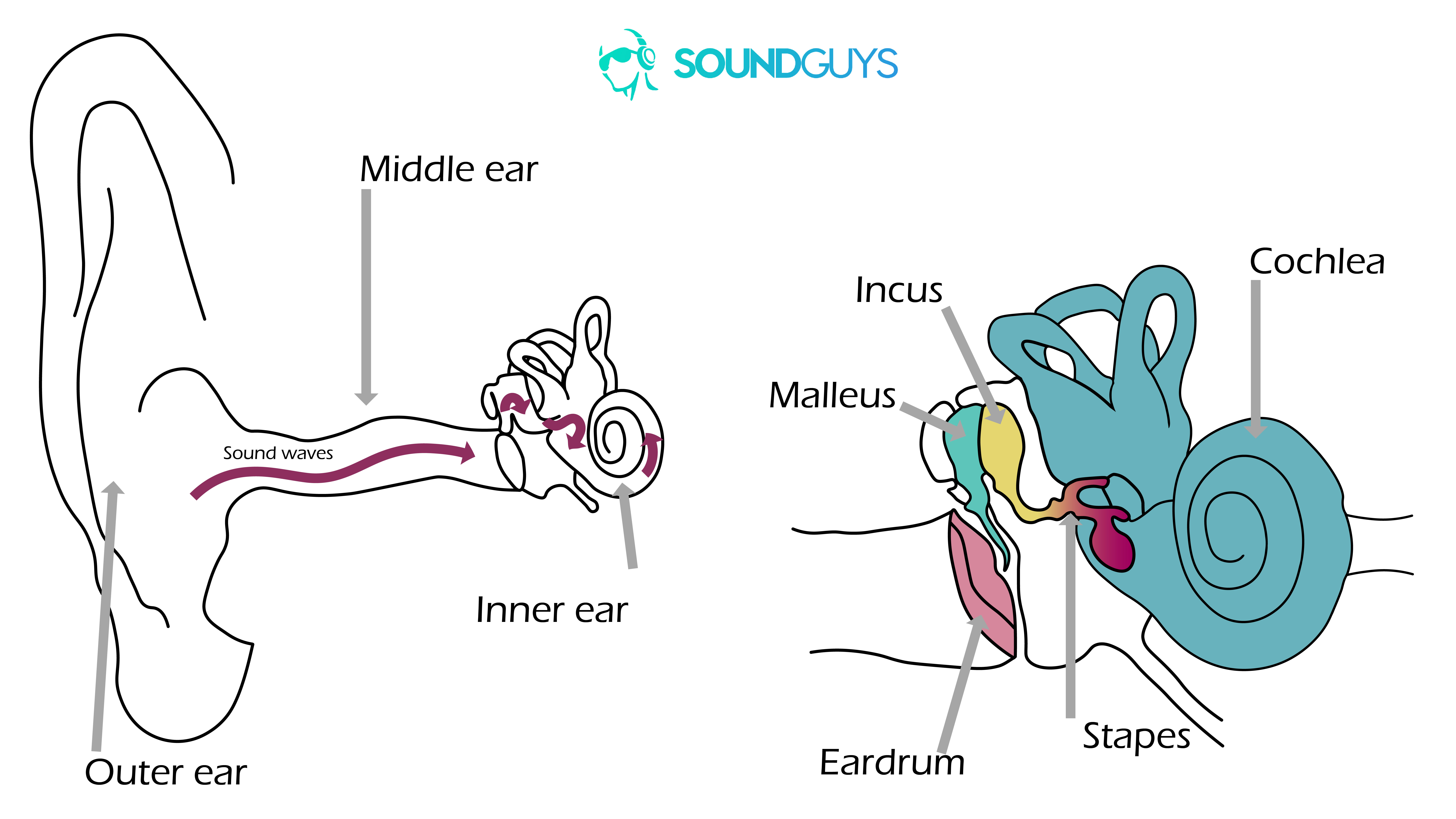
Some headphones and smartphones offer volume limiters, but these can be very easy to defeat. Additionally, the headphones that have this feature are often marketed towards a crowd that loves happy meals, so older kids may not want to use those items. It really bums me out that Apple and Android systems don’t simply tie a noise limiter toggle to the age of a connected account, but this is the situation we’re in. In the 90s, many media players had this feature, and even though kids would just turn it off, I credit it with saving my hearing. If your phone does support a feature like this, definitely use it.
Kids are also dirty, and will often do things that are less than hygienic. They don’t tend to realize that the lint and dirt that can get stuck to in-ears that get shoved into a school bag can sometimes end up in their ears—or that in-ears can lead to infection of the ear canal. For this reason, over-ear and on-ear headphones are generally preferable to in-ears.
...you can't trust (kids) to think through the consequences of listening to music in dangerous situations.
Additionally, you can’t trust them to think through the consequences of listening to music in dangerous situations. For example, listening to noise canceling headphones near the street can mean they probably won’t hear that car coming. Set limits on where and when they can listen outside the house, and definitely make sure they understand safe listening habits.
Kids aren’t gentle
As I learned one fateful day when my baby sister hucked my Game Boy off a third-story balcony, kids tend to be very destructive sometimes (apparently an original-model Game Boy is the hardest material known to man, as it still works about 30 years later). In that light, don’t worry so much about buying an expensive set of headphones when your kids are young. Instead, get one that fulfills the bare minimum of what you need without breaking the bank. They will break them. It’s just going to happen.
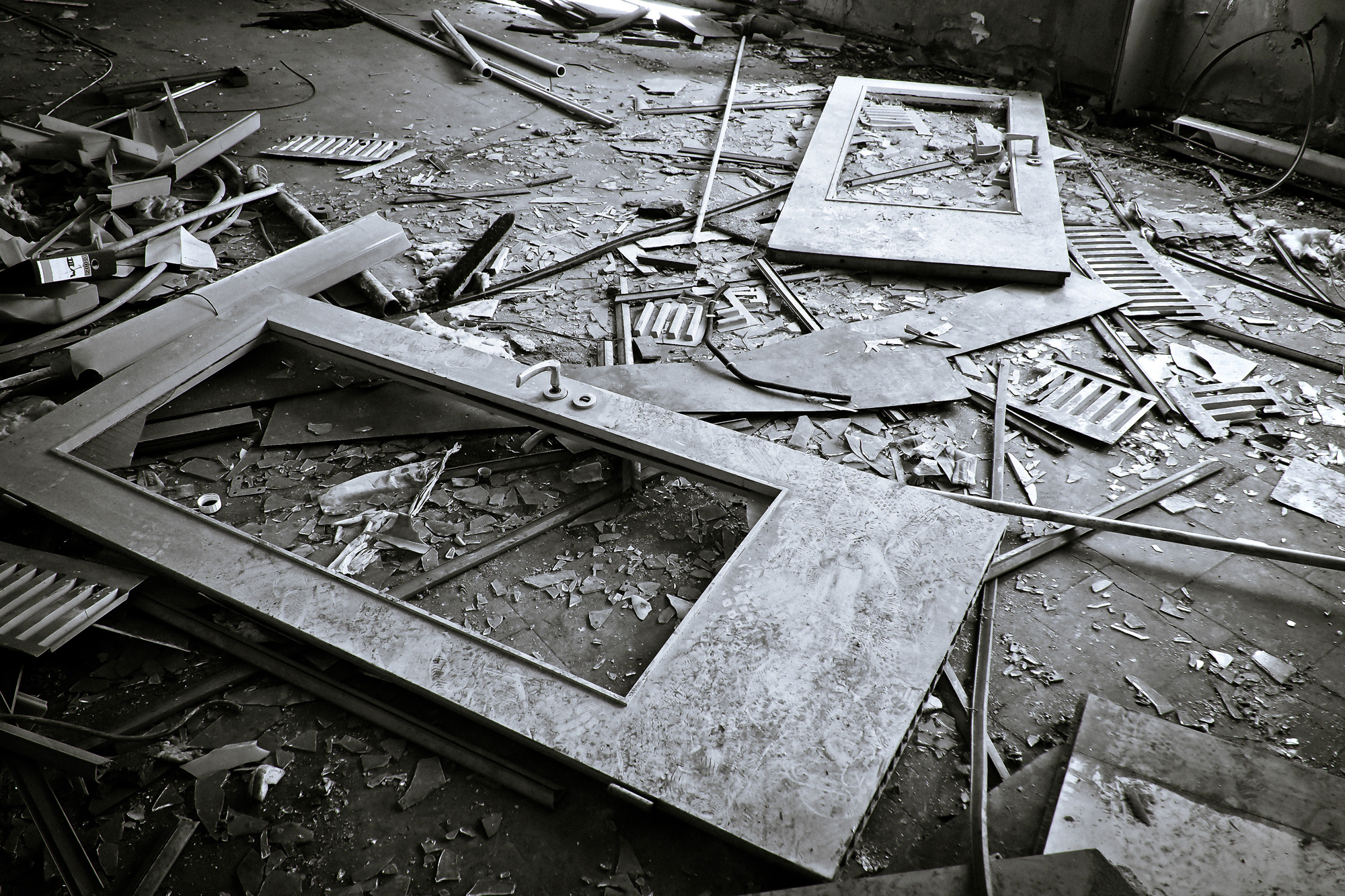
If your kids are older than 8, you may want to get them something meant for exercise junkies, as those tend to be far more durable than most headphones. They can withstand drops, splashes, and mud.
What you can do right now
While you can’t simply add a volume limiter in a smartphone that doesn’t offer it, there are a number of things you can do to protect your children’s auditory health.
Help them pick out headphones
For younger children, any of the options on our picks for the best kids headphones will do, but they may not be enthusiastic about certain brands because of aesthetics, or status. If they’re older, try to steer them away from headphones that are too bassy. Be sure to look for frequency response charts to see if there’s too much emphasis on one range of sound or another. Similarly, avoid headphones that have too much emphasis in high notes.
The good news is that since the first publish of this article, several more “adult” looking headphones that have volume limiters in them have been released, like the PuroPro ANC. Turns out some kids don’t want candy-colored electronics or accessories with childish prints on them. While nobody could dissuade a preteen from getting the exact same models as the “in” thing at school, the right headphones can be a longterm thing, so be sure to listen to their complaints with the models you show them before buying.
Educate your kids about safe listening practices
Read up on noise-induced hearing loss and set some ground rules for headphone use with your kids. While it can be tough to enforce rules on volume limits, you can probably communicate the idea that high volume means that very bad things happen. Additionally, a “no headphones while near the road” rule may seem overbearing, but it’s often necessary until your kids are old enough to understand the consequences of vehicular injury.
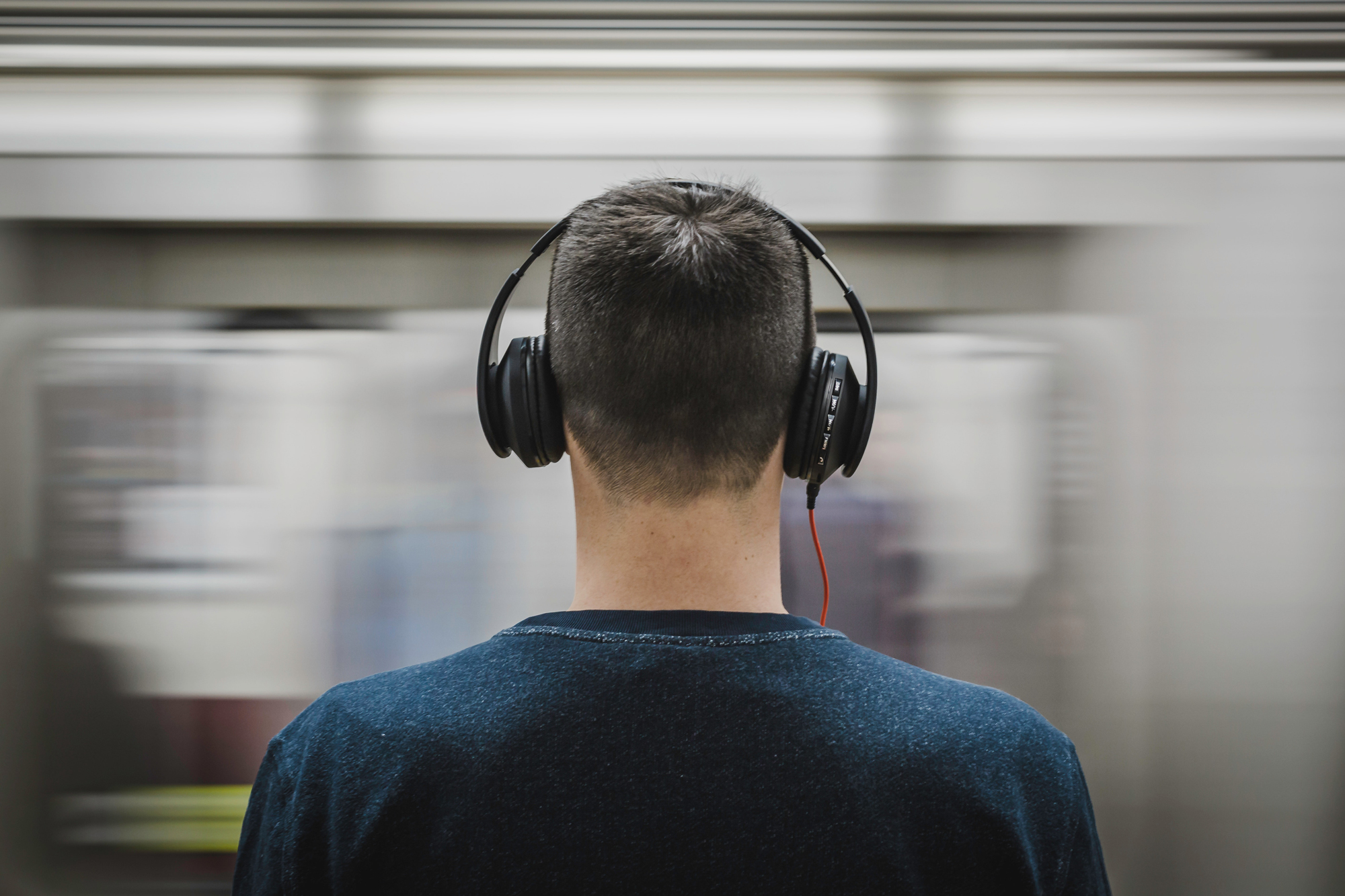
The main ideas your teen or child needs to learn are:
- Block out as much noise as you can unless you’re at home, so that you can:
- Enjoy music as quietly as you can, meaning that they won’t damage their hearing
- Pay extra attention to their surroundings when listening to headphones
As a former rebellious kid myself, I know that this may be a tall order. However, being honest and straightforward with your kids is the best way to get them to respect these rules. If they know why they should be worried about something, they’ll have a better grasp on why they don’t want it happening to them.
Add them to a family music streaming plan
Depending on whether or not you trust them to use a data plan responsibly, adding your kids to a family plan on a music streaming service is a good way to reward good behavior. By giving your kids the trust and reward that brings, they’ll see you’re serious about helping them enjoy their tunes.
If your kids don't behave, or they routinely flout the safety rules, cutting them off from the family music plan forces them to reconcile
If you subscribe to a service that allows you to download tracks, you can also help them avoid costing the family too much money by limiting their appetite for data. Show them how to download music at home on the WiFi, and disable mobile streaming. If your kids don’t follow the safety rules, cutting them off from the family music plan forces them to reconcile—or pay their own money to get it back.